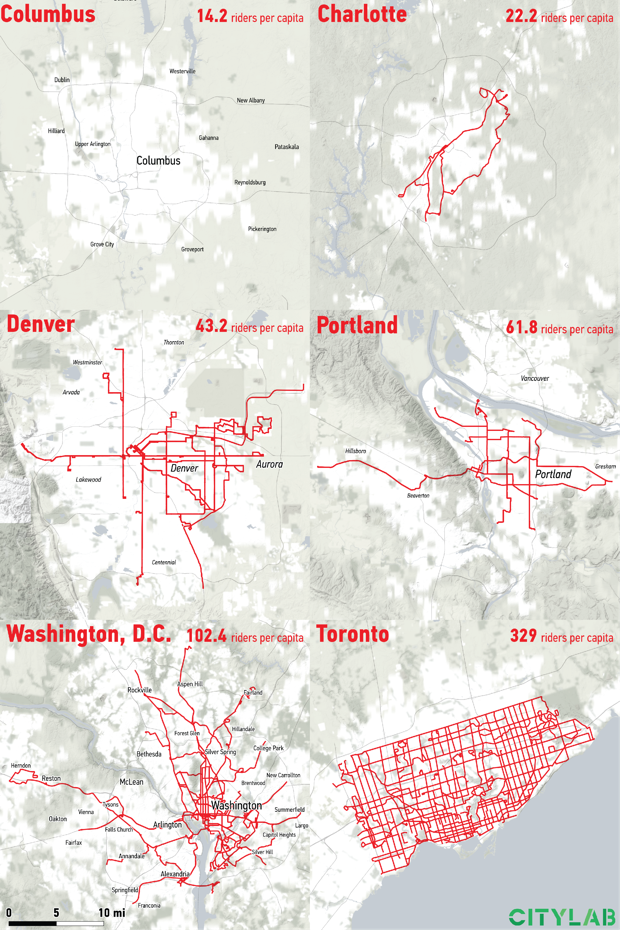DSCToronto
Superstar
Member Bio
- Joined
- Jan 13, 2008
- Messages
- 21,871
- Reaction score
- 35,433
- Location
- St Lawrence Market Area
See: https://news.ontario.ca/mto/en/2018...promise-to-build-regional-transportation.html
Here we go..... Ontario appoints special adviser for plan to take over Toronto’s subway Also in Star at: https://www.thestar.com/news/gta/20...er-for-plan-to-take-over-torontos-subway.html
Here we go..... Ontario appoints special adviser for plan to take over Toronto’s subway Also in Star at: https://www.thestar.com/news/gta/20...er-for-plan-to-take-over-torontos-subway.html









